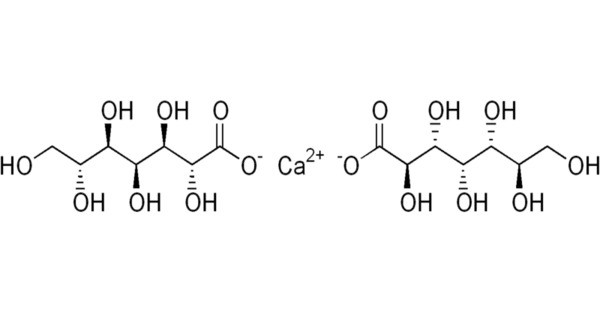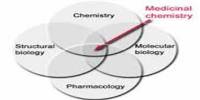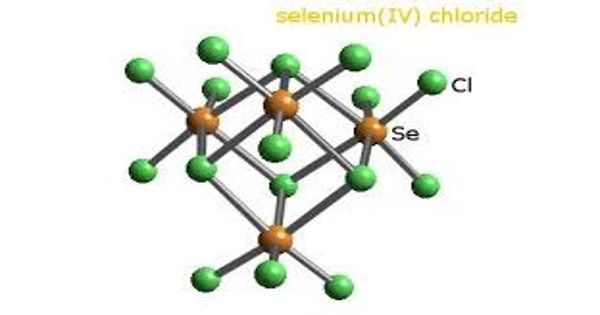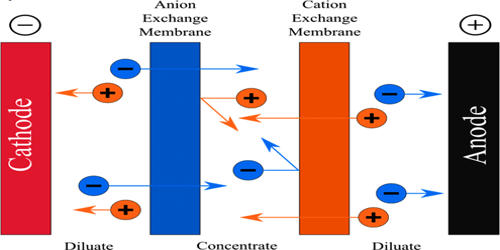Calcium glucoheptonate is a highly water soluble mineral supplement. It is a mineral supplement primarily used to treat or prevent calcium deficiencies in the body. It is a calcium salt of glucoheptonic acid, commonly used as a mineral supplement to treat or prevent calcium deficiencies.
Property
- Chemical Formula: C₁₄H₂₆CaO₁₆
- Molecular Weight: ~490.43 g/mol
- Appearance: White to off-white crystalline powder
- Solubility: Highly soluble in water
- Taste: Slightly sweet
- Stability: Stable under normal storage conditions
- pH (1% solution): Typically in the range of 6.0–8.0
- Calcium content: ~8.8% (by weight)
Occurrences
- Calcium glucoheptonate does not occur naturally but is synthetically manufactured for use in various applications:
- Medical and Nutritional Use: Calcium supplement: Administered orally or intravenously to prevent or treat hypocalcemia (low blood calcium levels).
- Pediatric and geriatric nutrition: Often used in formulations because it is easily absorbed and well-tolerated.
- Pregnancy and lactation support: Supplementation may be prescribed when calcium demands are higher.
- Pharmaceutical Formulations – Found in syrups, tablets, and injections as a source of calcium. Preferred in liquid form due to its high aqueous solubility, allowing for palatable liquid formulations.
Uses
- Dietary supplement: For individuals with inadequate dietary calcium intake.
- Medical treatment: Used in cases like hypocalcemia, osteoporosis, rickets, or tetany.
- IV infusion or oral solution: Especially beneficial when rapid calcium replenishment is required.
Advantages
- High bioavailability: Calcium glucoheptonate is more soluble and better absorbed than some other calcium salts.
- Gentle on the stomach: Often better tolerated compared to calcium carbonate.
Side Effects – Usually mild, but may include:
- Constipation
- Nausea
- Hypercalcemia (in high doses)
- Injection site irritation (if IV)
Precautions – Should be used under medical supervision if you have:
- Kidney disease
- Heart problems
- High calcium levels in the blood
















